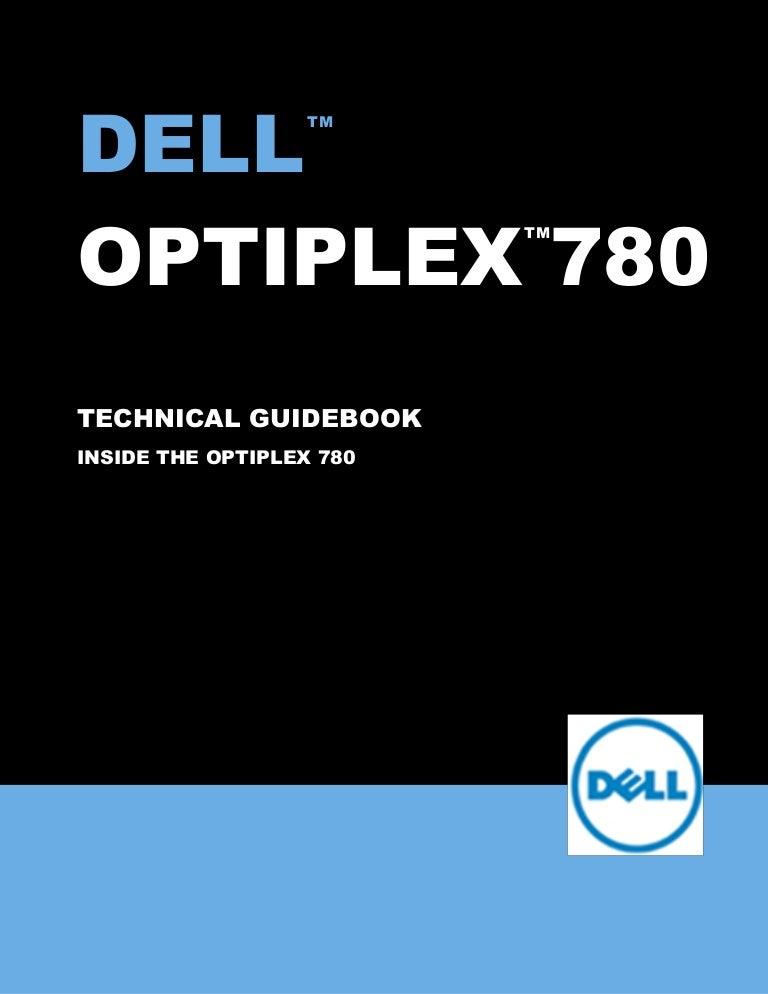Norton Manual Of Music Notation Pdf Printer
Part I deals with ELEMENTS OF NOTATION, arranged in the order they are found in printed music, i.e., clefs, followed by key signatures, time signatures, etc. For each element, a model, a model is given and, where appropriate, simple drills provided. In part II, the ELEMENTS ARE COMBINED and the student is introduced to considerations of spacing, changes of meter, clef, and Part I deals with ELEMENTS OF NOTATION, arranged in the order they are found in printed music, i.e., clefs, followed by key signatures, time signatures, etc. For each element, a model, a model is given and, where appropriate, simple drills provided. In part II, the ELEMENTS ARE COMBINED and the student is introduced to considerations of spacing, changes of meter, clef, and key as well as the notation of syncopation and irregular divisions of the beat. Part III delineates SCORING PRACTICES ranging from notating two lines of music on one staff to discussions of transposing instruments, orchestral score layouts, and the extraction of instrumental parts.
The author provides an appendix designed for those who wish to achieve more professional results; copying tools, materials, and techniques, as well as popular-music notation are described in detail. George Heussenstamm is a frequently-performed composer who has prepared his own scores for years. Generic Text Only Printer Driver Windows Xp.
The copying skills he developed enabled him to give very successful courses in music notation at several California universities. The present book is the practical result of his experience as a teacher and professional copyist. This book is a great ressource and in my estimation a must-read for anyone who wants to notate music manually. (It deals with the process of manually notating music. For information on conventions, instrument-specific notations, score-order and so on one should rather consult ) Whilst I don't use all the suggestions made, I found this book to be valuable nonetheless and even without much practice so far, my manuscripts are far more readable and This book is a great ressource and in my estimation a must-read for anyone who wants to notate music manually. (It deals with the process of manually notating music. For information on conventions, instrument-specific notations, score-order and so on one should rather consult ) Whilst I don't use all the suggestions made, I found this book to be valuable nonetheless and even without much practice so far, my manuscripts are far more readable and look much better aesthetically.

The Norton Manual of Music Notation [George Heussenstamm] on Amazon.com. *FREE* shipping on qualifying offers. The Norton Manual of Music Notation is designed to serve as a practical guide to music handwriting and music-writing procedures.
Keunikan Printer Canon Ip2770 there. I also really appreicated that there were segments on writing materials and that all the examples were hand-written instead of engraved. The introduction to score-preparation was good as well. Tvs Msp 455 Xl Classic Printer Driver.
Contents • • • • • • • • • • • • • • • • • • • • • • • • • • • • • • • • • • • • • Marcato/Martellato [ ] Somebody had put Marcato as being separate/different from a dynamic accent and then put an image of the ^ symbol beside it which is not a marcato but a martellato symbol. Marcato and Dynamic Accents are one and the same and should be denoted with the >symbol. So i retitled the Marcato heading as Martellato and added Marcato to the Dynamic Accent heading. I just wanted to draw attention to this because although I retitled things properly it screwed up the links on the title and I didn't change the content yet. It also means that the images are mistitled. I'm not that au fait with wiki so maybe someone else can finish my half assed correction.
—Preceding comment added by () 16:19, 28 December 2010 (UTC) The Norton Manual of Music Notation by George Heussenstamm, published by W. Norton & Company, New York and London, p. 52: ' MARCATO This vertical wedge [in following examples shown as ^ or upside-down ^, depending on the direction of the note stem], which always points away from the notehead, signals that the note or chord is to be played somewhat louder than an accented note or chord.' Preparing Music Manuscript by Anthony Donato, Prentice-Hall, Inc., p. 50: 'Marcato signs, ^ and [upside down ^], are placed above or below note heads, opposite the direction of the stems.